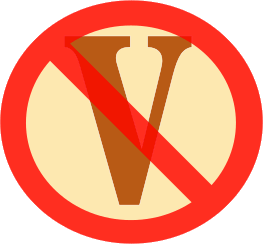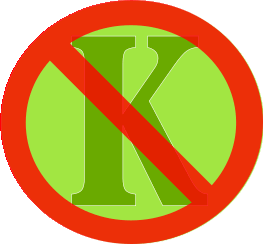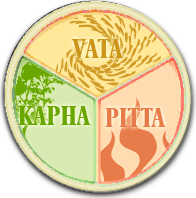SKIN TYPE HEALTH REMEDIES

Categories in SkinSkin Color IssuesSkin TriggersSkin TypeComplexion TypeSkin OtherSkin Problem LocationLipsOverviewDon't know your body type? Take our free Dosha quiz!
TAKE THE QUIZ
121 likes  SAVE SYMPTOM SAVE SYMPTOMThe skin is the cream of the blood plasma, reflecting it's properties. Thin, dry skin often reflects depletion or insufficient fat intake (Vata). Ghee and oil massage are useful for Vata type dry skin. In some case, dry skin is related to... 8 likes  SAVE SYMPTOM SAVE SYMPTOMOily skin can result from too much fats, carbs, dairy, sweets, or meat, or when high Pitta makes the skin hot and sweaty. 17 likes  SAVE SYMPTOM SAVE SYMPTOMOily face can indicate heat moving upward, especially when the extremities are cold. It can also indicate that sweet, Kapha thick blood is blocking circulation to the extremities. 10 likes  SAVE SYMPTOM SAVE SYMPTOMWrinkles form due to loss of collagen in the skin. This dries out and thins the skin, making the skin wrinkled. Sun damage can also form wrinkles. 12 likes  SAVE SYMPTOM SAVE SYMPTOMThick skin is a sign of sweet or oily "dense" blood. This is a Kapha condition and may indicate poor circulation. 34 likes  SAVE SYMPTOM SAVE SYMPTOMThin, dry, cold skin is characteristic of malabsorption and indigestion in underweight Vata individuals. Thin skin has a tendency to develop wrinkles earlier. Thin skin can make you feel cold, especially when swimming. Vata people can protect and... 33 likes  SAVE SYMPTOM SAVE SYMPTOMRedness or flushed skin is generally a sign of heat and inflammation (Pitta). This internal heat may be due to fever, skin allergies, toxins from inflammatory processes, infection, or buildup of toxins in the skin. Skin may also be flushed due to... 22 likes  SAVE SYMPTOM SAVE SYMPTOMOur body redirects blood flow to digest a meal, when thinking, to fight an infection, or when exposed to the cold. If you are chronically cold, suspect either deficiency of ojas or fungal/pathogenic infection (a heat condition). 65 likes  SAVE SYMPTOM SAVE SYMPTOMCold extremities can imply a blood deficiency such as anemia, poor circulation from dehydration or congestion, a low metabolism, low blood sugar levels, insufficient clothing or fat, or stress. A chronic infection such as candida can rob the body of... 17 likes  SAVE SYMPTOM SAVE SYMPTOMWhen you feel hot in your torso area, but also have cold extremities, it can indicate poor circulation and overcompensation by the heart. Sweet, thick Kapha blood is the likely culprit. 32 likes  SAVE SYMPTOM SAVE SYMPTOMA person may flush easily when they are overheated, experience intense emotions, due to toxicity or hormone fluctuations, or after indulging in Pitta aggravating foods or lifestyle. Intense emotions can trigger an increase in the heart rate or... 58 likes  SAVE SYMPTOM SAVE SYMPTOMItchy skin may be secondary to dryness (Vata pushing Pitta). Skin may be itchy due to cyst formation (Pitta/Kapha type). Skin may feel itchy when sweating, or when heat (Pitta) is trapped in the body. When wounds are healing, the skin is... 19 likes  SAVE SYMPTOM SAVE SYMPTOMClammy skin refers to skin that is wet, damp and sticky. Skin also usually feels cold to the touch. Most commonly, skin becomes clammy due to fluid accumulation in the extremities, often as a result of poor circulation.This can be due to thick plasma... 17 likes  SAVE SYMPTOM SAVE SYMPTOMSweaty palms may create discomfort in social situation that require shaking hands. Palm sweat is increased when your circulatory system is congested, the blood toxic, when stressed, when you have a heat condition, or when excess fat blocks the release... 
AYURVEDIC FACE ASSESSMENT
Learn how to assess constitution by a person's face.
|
Join Joyful Belly.
Want our top Ayurvedic recipes and health tips?Subscribe to our free newsletter!












